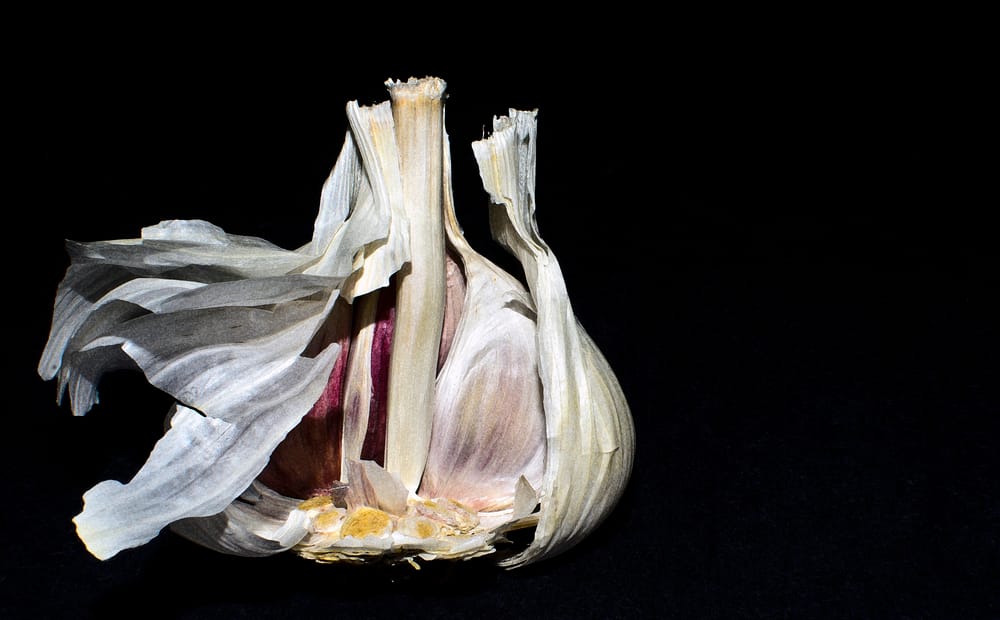Pale vs. Kale
Nutrition writer Alexandra Lim encourages us to eat more pale vegetables

Something we are constantly told when it comes to food is to ‘eat the rainbow’. Densely packed nutrients bind to colour pigments, hence why colourful veggies are thought of as bright bundles of nourishment. Most white or pale foods are overlooked, with many lacking fibre and nutrients. However, a few of these pasty provisions lack the attention they deserve.
One in particular starts with a ‘C’, and should be your next study buddy due to its impressive brain-boosting properties. I’ll give you the rest of the article to try and guess it. Most of the foods mentioned in this article are an anti-cancer army, containing the body’s master antioxidant, glutathione. In particular, they contain phytochemicals that inhibit mutation-causing enzymes, reducing the chance of cancer.
We kick off with alliums, namely onions, garlic and chives. Many people think of them as flavour enhancers rather than what they really are – gleaming nutritional kingdoms. Warding off old-age and disease, these guys make other vegetables look downright lazy. They are rich in sulphur, protecting us against cardiovascular disease, chronic inflammation and microbial infection. Fun tip: after chopping garlic, wait for 10 minutes before adding it to whatever you’re cooking. This makes it more heat-resistant, and enhancing the flavour and effect of nutrients.
Ah, the magic of mushrooms. With more than 2,000 varieties out there, the most commonly consumed include button mushrooms, crimini and portabella. They contain a compound called Ergothioneine, that humans can’t make but can be found in fungi, kidney, red beans and liver. It’s been found to have profound anti-inflammatory and antioxidant properties. A popular use for shrooms, and one I strongly support, is a total substitute for meat. This reduces calories and salt whilst adding fibre, nutrition and flavour. If you really need meat, try adding chopped mushrooms to your mince.
The special C-word? If you guessed cauliflower, you win the prize of my gratification for reading this whole article. Not only does cauliflower fight cancer, it enhances cognitive function and memory, lowers blood pressure and improves kidney function. Not sure what else you could ask for in a vegetable. My last tip: to preserve cauliflower nutrients content, do not boil them for more than 3 minutes.Antioxidants are found in the outer layer, making full immersion in boiling water a blow to all its efforts.
Now go forth, steam your cauliflowers, stuff it in your sandwich, and head to the library. Bask in the little ‘thank -you’s your brain, heart, and (abused) liver murmur.









